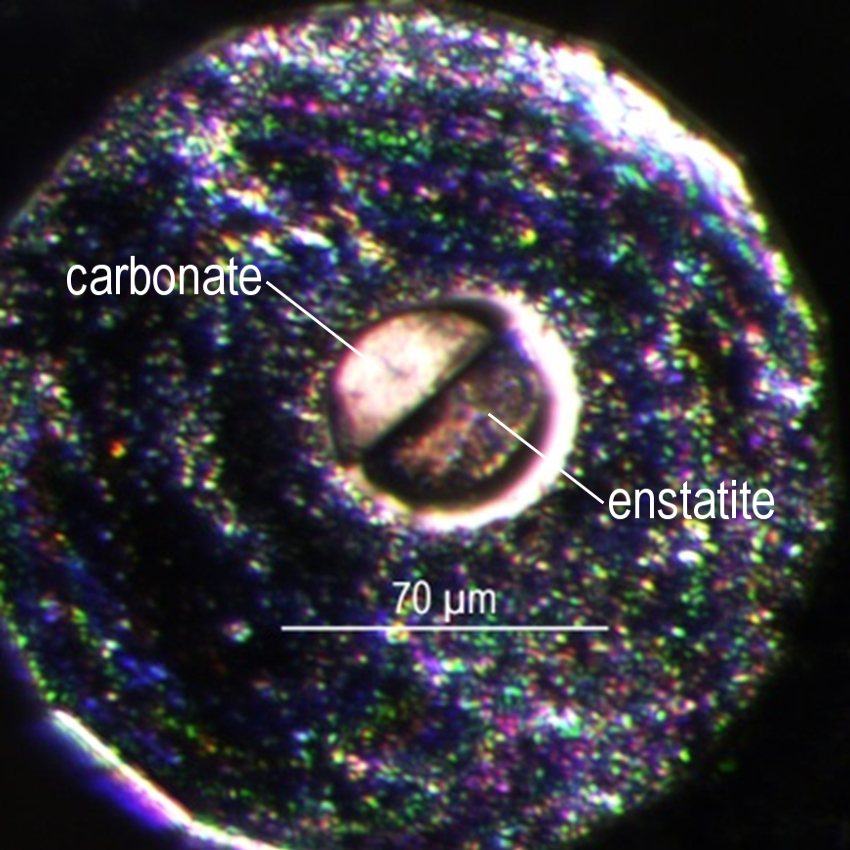X-ray fluorescence and X-ray absorption spectroscopy studies of element redistribution processes between carbonates and mantle phases at lower mantle conditions
Project 4 particularly focuses on phase equilibria and fractionation processes between trace-element doped carbonates and mantle silicates at relevant P,T-conditions using laser-heated diamond anvil cells (LH-DAC). To reach the aim of this project, we investigate reactions between carbonates and silicates at mantle conditions by spatially resolved X-ray diffraction (XRD) experiments, which provide structural information on the present phases, as well as the onset of melting during reaction.
On the other hand, project 4 aims at a better understanding of the trace element budget in the Earth's mantle and on the importance of carbonates as possible carriers of trace elements in the mantle. Therefore, synchrotron radiation induced X-ray fluorescence is used in combination with XRD and allows qualitative and quantitative chemical analysis of the phases present at high pressure and high temperature with high sensitivity, particularly for trace elements. As Sr and REE were found to be important trace elements in natural diamond inclusions formed at lower mantle conditions [1], we are interested in elemental partitioning of Fe, Sr and REE between carbonates and silicates during reactions and will try to correlate the chemical distribution at given pressure and temperature to local structure properties.
First experiments on the Ca-dominated system with Sr/REE-doped CaCO3 sample material and mantle silicates show a distribution of the trace elements among the newly formed phases. With additional optical fluorescence measurements, carried out by project 1, and TEM analyses on the recovered sample material, we observed decomposition of the carbonates during heating. These experiments provide further insights on the stability of carbonates in presence of mantle silicates and indicate that carbonates may have an effect on the trace element content in the Earth's mantle.
| Fig. 1 Carbonate single crystal in contact with an enstatite single crystal loaded into a DAC. (Photo taken by Nicole Biedermann.) |
[1] F. E. Brenker, C. Vollmer, L. Vincze, B. Vekemans, A. Szymanski, K. Janssens, I. Szaloki, L. Nasdala, W. Joswig and F. Kaminsky. Carbonates from the lower part of transition zone or even the lower mantle. Earth and Planetary Science Letters, 260:1-9, 2007.







